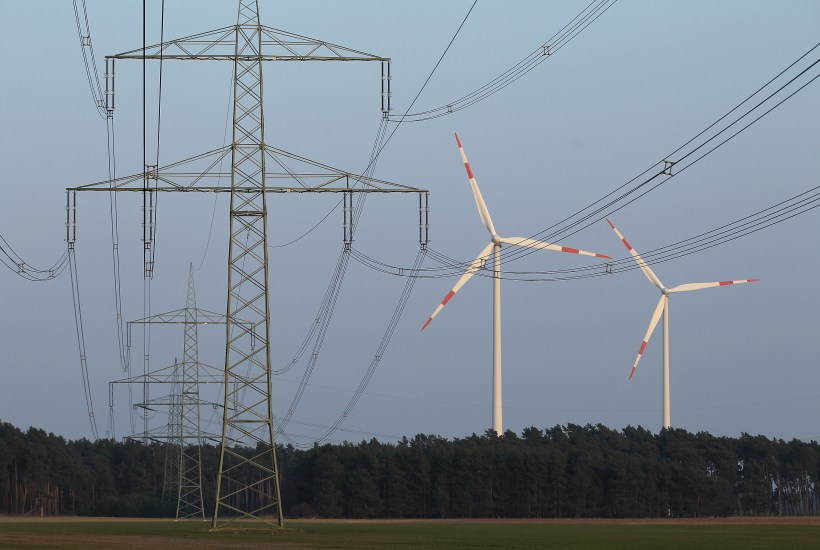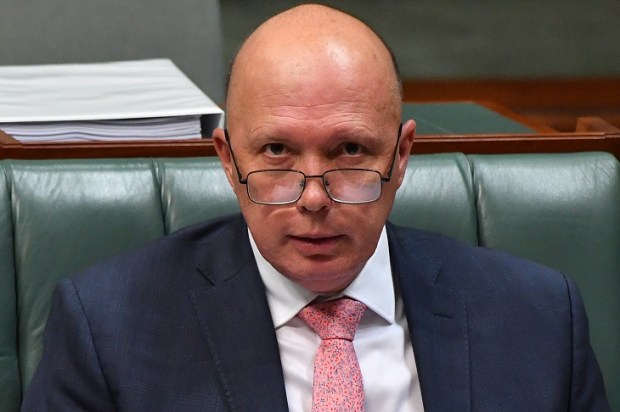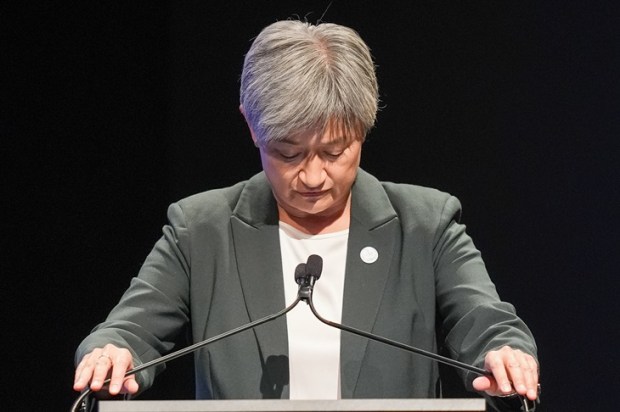Labor’s energy policy won’t reduce our energy bills by $275 in 2025. When questioned about this promise in 2021, Prime Minister Albanese replied, ‘I don’t think, I know. I know because we have done the modelling.’ The ABC’s ‘promise check’ tells us this election promise is ‘stalled’ while admitting that the energy price increases blamed on war in Ukraine evident by February 24, 2022 did not stop the Albanese government from repeating the promised $275 reduction until May 18, 2022. Renewables have been promoted as the panacea for reducing energy bills, but Australia is amid an energy crisis driven by the Albanese government’s ideological stance on renewables.
Historically, Labor have promised great strides in infrastructure deployment like the NBN, and usually without providing cost-benefit analyses that are available for public scrutiny. Indeed, it was not until Malcolm Turnbull became Communications Minister in 2014 that a cost-benefit analysis was produced for the grandiose NBN project that was destined to succumb to politics. Key to past Labor governments’ failures in deploying infrastructure is Labor’s faith in its ability to overcome individual political and property rights. This is a direct result of Labor’s predisposition towards socialism which relies on a command and control model that is in direct conflict with the practice of liberal democracy.
The trouble is that infrastructure involves both temporal and deterministic dimensions that do not comply with trendy ideologies pursued at a given point in time. Peter Hall’s 1982 book Great Planning Disasters points to several examples. Labor’s current energy policy is an obvious planning disaster in the making, except there is no plan, and certainly no Plan B, other than to ‘crash through or crash’. And the legacies this policy are setting up will ensure Australians pay more and more for energy for decades to come and that other avenues like nuclear will be stifled through lack of political will.
The trouble begins with governments attempting to ‘pick winners’ when it comes to technologies. Markets always do this best as the profit motive ensures discipline prevails in achieving an outcome that ‘satisfices’ the politics of the day with available and affordable technologies. Governments do the opposite by establishing costly false markets – such as the home insulation program, the green car initiative, NBN, and the National Disability Insurance Scheme – which encourage entrepreneurs to ‘play the game’ created by government rather than achieve the government’s desired outcome. History repeats these lessons but each new technological revolution provides an opportunity for outdated ideologies to capture new policy challenges, and usually resulting in perverse outcomes.
Hypocrisy need not get in the way of achieving poor policy outcomes. Labor’s energy policy is in crisis because it is not designed to achieve Net Zero. Labor’s policy has created another false market, driven by subsidies and protected from competing technologies like nuclear, to force Australians to rely on intermittent wind and solar energy. The chosen technologies bring with them a large footprint that is increasingly destroying the Australian landscape. A common response from ideologues to such claims is ‘nonsense’! But nonsense is when something is nonsensical – destroying the landscape with inferior technologies that cost more and do not achieve the desired policy aim of Net Zero is insane.
Former Chief Scientist Alan Finkel and other nuclear ‘experts’ claim that a nuclear industry in Australia is ‘implausible’, citing delays and costs elsewhere. But such arguments are inherently political – Germany is well ahead of Australia in its rush to 80 per cent renewables by 2030 and has been forced to slow transition by bringing back coal and nuclear. While Germany recently set a record in achieving some 46.9 per cent electricity consumption via renewables, household energy costs have been heavily subsidised by government and the push to more renewables appears more of an exercise in hope than reality.
When I travelled to Bratislava recently and looked out from the city’s medieval castle, there were wind turbines as far as the eye could see. But an earlier policy decision to shut down nuclear reactors – a precondition of joining the EU that was later referred to as ‘energy treason’ – turned Slovakia from a net energy exporter to a net energy importer. Slovakia’s limited landscape is now home to wind turbines that effectively cost more, produce less, and waste otherwise productive space. Nation-states follow the rules set by international institutions at their own peril. With energy prices in renewables darlings Germany and Austria among the top ten highest in the world, the cross-country evidence suggests that Australia’s ability to achieve 82 per cent renewables consumption by 2030 up from 35.9 per cent in 2022 is not only implausible, but impossible.
Political fights are gearing up as farmers and those in the regions are being forced to give up their lands for city folk to have access to renewable energy. Rights of way are key problems for all networked infrastructure projects in liberal democracies and any belief that people can be railroaded (pardon the pun) into giving up their property when other alternatives like nuclear are not even on the table is a recipe for electoral disaster once the fairy tale is over and cost of living pressures bite.
The NSW government has received advice to delay closing the Vale Point and Eraring coal-fired generators. Meanwhile Victoria’s Loy Yong A will remain open until 2035, mirroring Germany’s renewables crisis. Rather than consider nuclear, Labor has committed $2bn to the Hydrogen Headstart program, another indicator that their energy policy is about choosing technologies rather than adopting the best path to achieving Net Zero. If the Opposition are ‘dreaming’ about the efficacy of nuclear, the Albanese government is ‘drinking the Kool Aid’ when it comes to hydrogen.
With Minister for Climate Change and Energy Chris Bowen now looking to California for inspiration, Australian consumers should be very worried. Make no mistake, Australia is in the midst of an energy crisis, and consumers will pay the price for Labor’s ideologically driven energy policy for years to come.
Got something to add? Join the discussion and comment below.
Get 10 issues for just $10
Subscribe to The Spectator Australia today for the next 10 magazine issues, plus full online access, for just $10.

























Comments
Don't miss out
Join the conversation with other Spectator Australia readers. Subscribe to leave a comment.
SUBSCRIBEAlready a subscriber? Log in